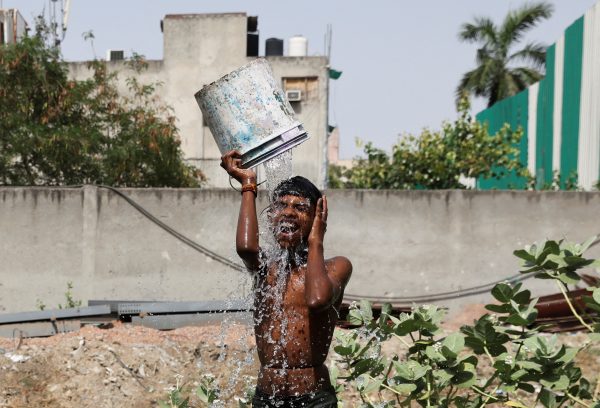And yet even as the atmosphere races ahead of the climate models, and the need for urgent action intensifies, ambition and implementation lag behind. The United Nations Environment Programme’s 2022 climate report was ominously titled ‘The closing window’. It argued forcefully that the world is letting the chance to meet the Paris Agreement goal of only 1.5 degrees of warming slip through its hand.
The science is unequivocal: action must be ramped up dramatically. Easier said than done, comes the reply from diplomats and policymakers. The fundamental problem is the same as it has been since the climate change emergency was first identified: cutting domestic carbon emissions benefits the entire world, but the costs are borne solely by the country who cuts them. Without a worldwide carbon price, many countries are likely to shirk.
In recognition of this fact, there has always been an acknowledgment that developing countries will require assistance to meet emissions reductions targets, in the form of climate finance from developed countries. The sums are considerable. Nicholas Stern and Amar Bhattacharya estimate that US$1 trillion of climate finance will be required annually by 2030, more than three times current levels.
At the same time, the macroeconomic environment for massive spending on the scale required is darkening. Interest rates are rising, inflation remains stubbornly high and the legacy of COVID-19 borrowing weighs heavily on the balance sheets of governments around the world. Corralling the necessary money from donor countries to finance ambitious action in developing countries will be difficult.
But if getting the money from donors is a challenge, there is also a major — and underappreciated — problem for recipient countries, one that has been illustrated and underlined by recent developments in the global economy.
An open door for foreign investment swings both ways. The rise in interest rates in the West has seen capital flow from developing countries back into developed ones, where the rate of return is now more respectable. This has put pressure on exchange rates and exacerbated the debt problems of many developing countries that cannot borrow in their own currency.
The need for financial stability is acutely felt by policymakers and central bankers in the developing world, particularly in Asia, where memories of the Asian Financial Crisis are still strong a quarter of a century later. Given that the massive amounts of money required for climate change action cannot realistically be met by domestic savings in most developing countries, taking effective action means importing capital, and hence increasing currency account deficits.
As M Chatib Basri and Adam Triggs argue in this week’s lead article, the tension between prudent macroeconomic policy on the one hand and financing effective climate action on the other has the potential to derail efforts to avoid catastrophic global warming. ‘If developing countries are to import the foreign savings needed to fight climate change’, they point out, ‘the rich world and the institutions it controls will need to work with them to reduce financial instability’.
There are a number of steps that can be taken, as Basri and Triggs note: international and regional financial institutions need to be reformed so that countries can more effectively make use of the financial security that they can offer; institutions themselves need to ensure that their own resources are more effectively marshalled to guarantee stability in the face of massive flows of climate finance; and rich countries can continue to make new arrangements like bilateral currency swap lines to ensure that the financial safety net is sufficient to facilitate a huge ramp-up in international capital flows to address climate change.
It may not seem immediately obvious that a pressing concern in fighting climate change is addressing the global financial architecture. But the institutions and rules that make up that architecture will be called upon to support a truly unprecedented flow of money from rich to poor countries. It is a pressing task for policymakers to ensure that they are fit for the task.
The EAF Editorial Board is located in the Crawford School of Public Policy, College of Asia and the Pacific, The Australian National University.

